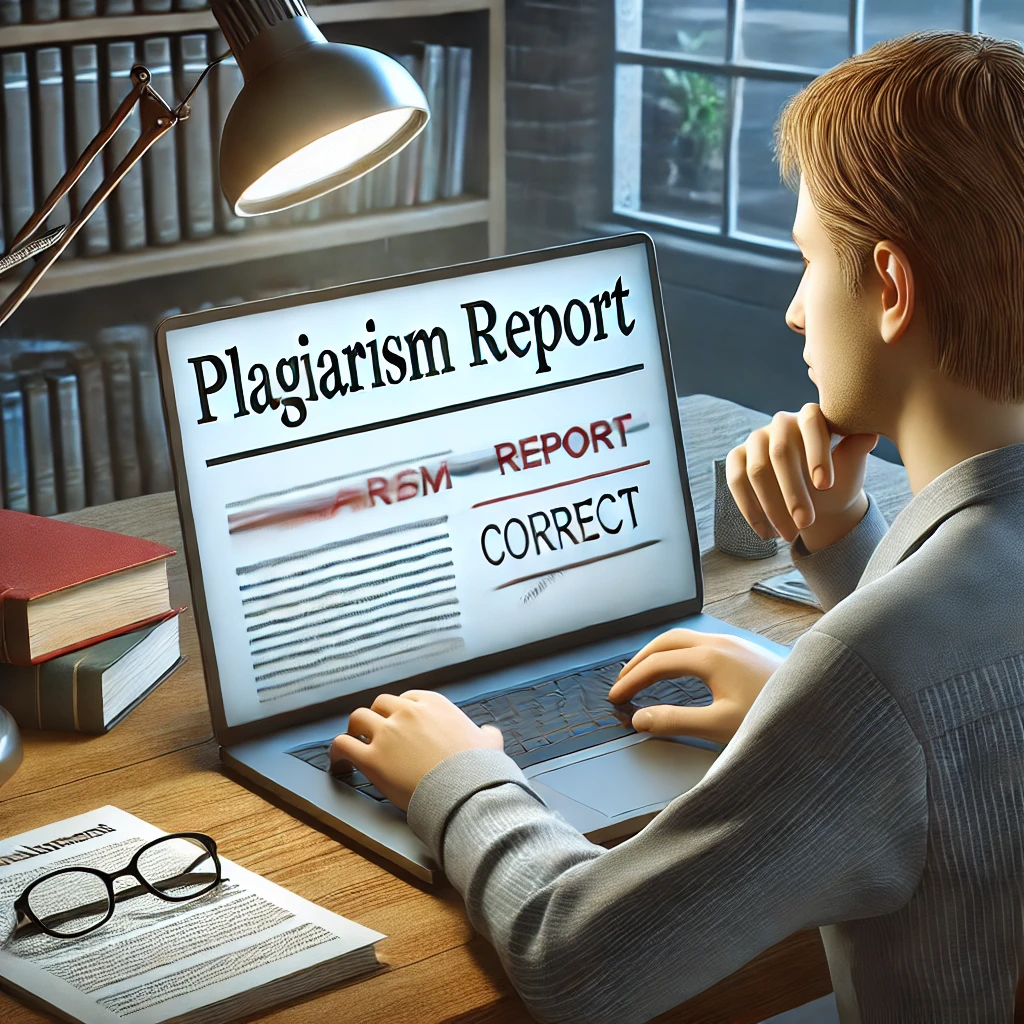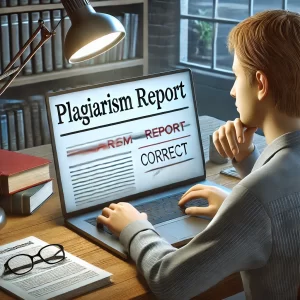Why checking Plagiarism is important even after rewriting content

Many writers and students believe that rewriting content automatically eliminates plagiarism. While rewriting changes the structure and wording of a text, it does not always make it completely original. Modern plagiarism detection tools, powered by advanced algorithms, can still identify similarities in sentence structure, idea flow, and paraphrased content.
In this article, we will explore why checking for plagiarism is essential even after rewriting content and how plagiarism checkers like Drillbit and Turnitin can help ensure originality and authenticity in academic and professional writing.
Rewriting does not guarantee 100% originality
One of the biggest misconceptions about rewriting is that it completely removes traces of plagiarism. In reality, plagiarism detection tools don’t just check for exact word matches—they analyze sentence structures, synonyms, and context.
Paraphrasing can still be detected
- Many students use synonyms or change sentence order without significantly altering the content’s core idea.
- Advanced plagiarism checkers use AI to detect paraphrased content, even when words are replaced.
Structural similarities matter
- Even if the words are different, plagiarism checkers analyze how sentences are structured.
- If a rewritten paragraph still follows the same pattern as the original, it can still be flagged as plagiarized.
💡 Solution: Running a plagiarism check after rewriting ensures that the content is genuinely unique and not just a modified version of an existing text.
Accidental plagiarism can still occur
Even after rewriting, you might still have unintentionally copied key phrases or ideas from the original text. This is known as accidental plagiarism, which can be just as problematic as intentional copying.
Common cases of accidental plagiarism
- Reusing phrases that are common in a specific field of study
- Forgetting to properly cite rewritten content
- Unintentionally following the original author’s logic and argument
Why it is a problem
- Universities and publishers penalize plagiarism, even if it was not deliberate.
- Failing to check can lead to rejection of assignments, research papers, or blog posts.
💡Solution: A plagiarism check can help identify accidental similarities that need further modification or citation.
Citation mistakes can lead to plagiarism issues
Even after rewriting, you must properly credit original sources to avoid plagiarism claims.
Common citation errors
- Missing citations for rewritten content
- Incorrect citation formatting (APA, MLA, Chicago, etc.)
- Forgetting in-text citations while including the source in the bibliography
Why proper citations matter
- Ethical writing and academic integrity
- Avoids penalties from universities and publishers
- Enhances the credibility of your research and writing
💡Solution: After rewriting, run a plagiarism check to verify that all necessary citations are included and properly formatted.
Self-plagiarism: reusing your own work without citation
Many writers assume that reusing their previous work does not count as plagiarism. However, most academic institutions and publishers consider this self-plagiarism.
What is self-plagiarism?
- Reusing parts of your old research papers or assignments without proper citation
- Submitting the same work for multiple assignments
- Repurposing old content without significantly altering it
Why it is a problem
- Some universities penalize self-plagiarism as harshly as copying from others.
- Journals may reject research papers that contain previously published content.
💡Solution: Running a plagiarism check after rewriting helps identify self-plagiarism and ensures compliance with academic and professional standards.
Ensuring compliance with university and publisher policies
Most universities and publishing platforms have strict originality requirements and use plagiarism detection software to verify submissions.
Universities and academic institutions
- Many require less than 10-20% similarity in assignments.
- Some institutions allow only one plagiarism check before submission.
- If plagiarism is detected in the final submission, students might receive zero marks or academic penalties.
Research journals and publishers
- Strict peer-review process includes plagiarism checks.
- High similarity percentages can lead to manuscript rejection.
- Self-plagiarism in research can lead to academic misconduct allegations.
💡Solution: Checking plagiarism after rewriting ensures your work meets institutional and publishing standards.
Different plagiarism checkers have different databases
Even if your rewritten content passes one plagiarism checker, it might still get flagged by another. This happens because each tool has a different database.
Why you need to check with reliable tools
- Some free tools do not scan academic databases, making their results unreliable.
- University plagiarism detectors like Turnitin or Drillbit compare against vast academic and research databases.
- A mismatch between tools can lead to unexpected plagiarism reports.
💡Solution: Always use a reliable and university-approved plagiarism checker like Drillbit for final verification.
Plagiarism can impact your reputation and career
Plagiarism does not just affect students—it can harm professionals, researchers, and content creators.
Consequences for professionals and writers
- Blog posts flagged for plagiarism can lead to loss of credibility.
- Businesses caught copying content can face legal consequences.
- Writers accused of plagiarism can lose clients and job opportunities.
Consequences for academics and researchers
- Plagiarism can disqualify research papers from publication.
- Can lead to revocation of degrees or academic titles.
- Universities may ban students for repeated plagiarism offenses.
💡Solution: A final plagiarism check after rewriting ensures that your work is completely original and protects your reputation.
Conclusion: always check plagiarism after rewriting
Rewriting content does not automatically make it original. Advanced plagiarism detection tools analyze sentence structures, paraphrased content, and citation errors. To ensure 100% originality and compliance with academic or publishing standards, always run a plagiarism check after rewriting.
Key takeaways
- Rewriting does not guarantee originality—structural similarities can still be flagged.
- Accidental plagiarism can occur even after paraphrasing.
- Citation mistakes can lead to plagiarism claims.
- Self-plagiarism is a serious issue in academics and publishing.
- Different plagiarism checkers scan different databases—ensure you use a reliable one.
- A plagiarism-free report after rewriting protects your academic and professional reputation.
💡Final tip: Before submitting your work, always run a final plagiarism check using Drillbit plagiarism checker to ensure complete originality.
Conclusion
Text
